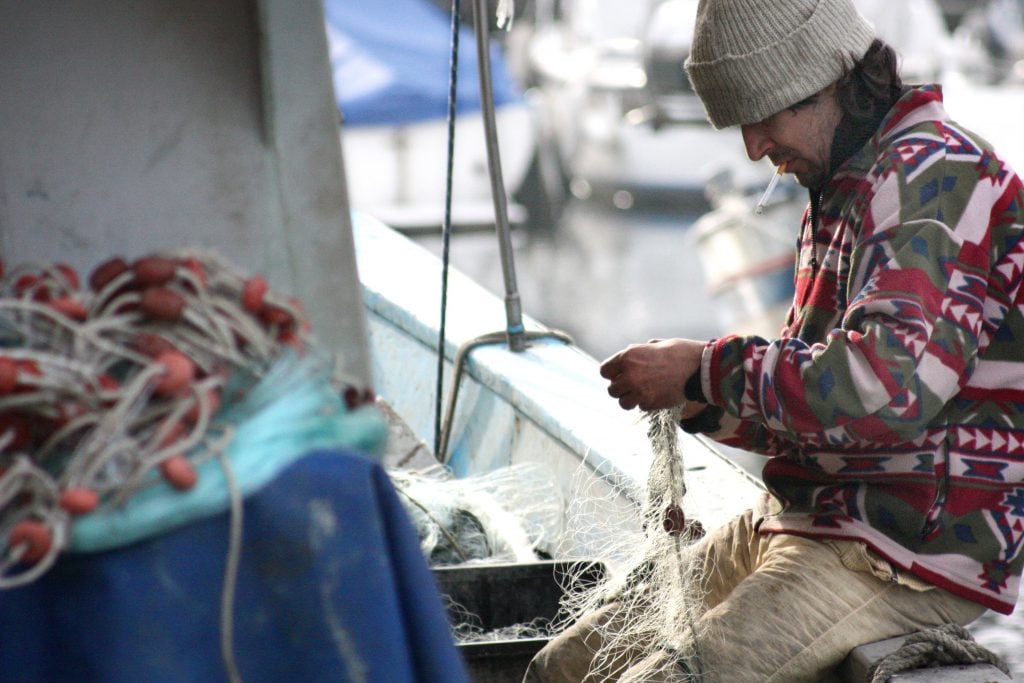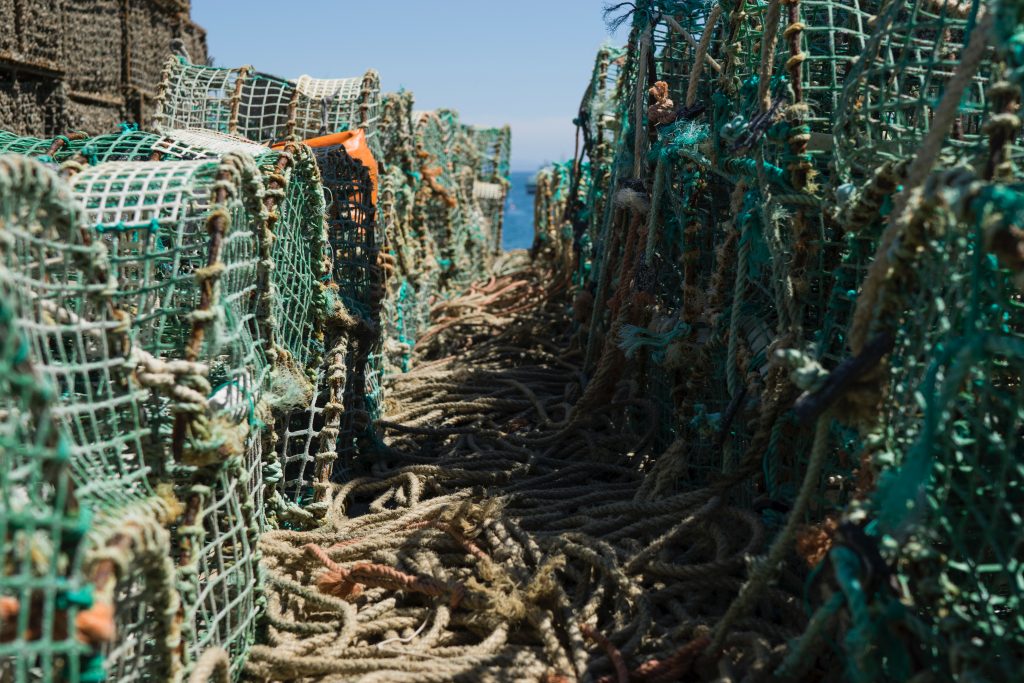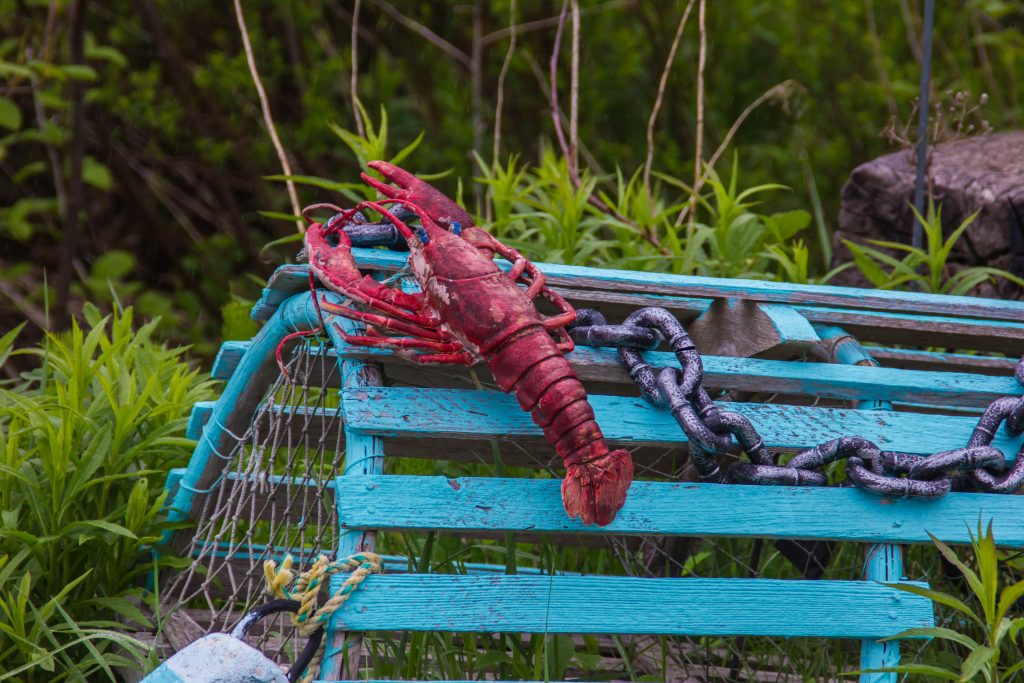7 Top Questions about Maine Lobster Fishing
Living in a seafaring region like Maine, fishing and seafood are almost an everyday part of life for the residents that call this part of the country home. Maine lobster is famous for a reason. Fishing touches almost everyone in some way throughout their lives, and many people make their living in one way or another through the fishing industry.
The intimacy with the sea and sea life piques the imagination of many people from outside the region and other parts of the county, and is often romanticized in story and song. The truth is, the fishing community, and specifically the lobster fishing community, is both complex and iconic. Lobster fishermen are among a special breed of fishermen, and when combined with the mystique that surrounds lobsters, from the look of their almost alien-like bodies and the way they move and live, to their place in the culinary world as a special—and typically pricey, delicacy, there’s a never-ending love affair with this 480 million-year-old ocean dweller.
When it comes to understanding the world of lobsters and lobster fishing in Maine, it’s helpful to read some common questions and answers people have had to give you a better understanding of the lobster community and the fishermen that make their living through them.

-
When lobster fishermen set their traps, how do they locate them to check for any lobsters they’ve caught?
Distinctly colored buoys help indicate the location of the traps, as well as GPS navigation and physical landmarks.
-
Do the fishermen always catch a lot of lobsters whenever they fish?
The catch basically depends on the time of year and the population of lobsters in a particular part of the ocean. Lobsters have a high and low season, when their numbers are up and down. Typically the catches will be light during the spring months, but in the fall, there may be close to twelve lobsters in a single catch.

-
How frequently are the lobster traps checked?
Some traps are checked and hauled out of the sea once a day, and sometimes a few times a week. When the lobsters are plentiful, the traps could be hauled out many times in one day. During slower periods, they could be left in the water for the whole week.
-
How early did lobster fishing take place in America?
Lobster fishing dates back all the way to the 1600’s, with the early colonists. The first catch has been reported to have taken place in 1605. This longevity has made lobster fishing and the lobster industry one of the oldest industries in America that’s been operated on a continuous basis.

-
Have lobsters always been a popular seafood?
When they were first being fished in the 1600’s, there was such an abundance of lobsters that they could be gathered just by walking and wading through the low tide waters. But they were used mostly to provide fertilization for the crop fields of Native Americans, and served as a cheap source of food to prisoners and indentured servants.
-
What makes lobsters turn red?
When lobsters are cooked, all of their pigments are lost except for the red pigment. If you’ve seen live lobsters or even frozen lobsters, you’ll notice that their shells are made up of a lot of different pigments, which typically have a greenish-brown shade. In fact, lobsters from all parts of the world can have distinctly different pigments that make up their color when they’re alive. Most people are used to seeing a lobster after it’s been cooked and ready to eat, which in most cases is always a bright red.

-
How often do lobster fishermen eat lobster?
One might think that because lobster is all around them every day, lobster fishermen would have a steady diet of the crustacean. But, not surprisingly, as lobster fishing is a means to making a living in Maine, to eat lobster regularly is to lose money weekly. In a survey, about 60% of lobster fishermen ate lobster just once a month or less, and only 10% admitted to consuming lobster weekly.
The lobster fishing history of Maine and the northeast has seen its share of highs and lows. Currently, the lobster industry is experiencing explosive growth and popularity, which is good for the local economies of Maine and the northeast. And as much as lobster has become more accessible in many different forms, it still holds its position as a coveted cuisine for special celebrations, anniversaries, and the ultimate romantic dinner choice for millions of people.